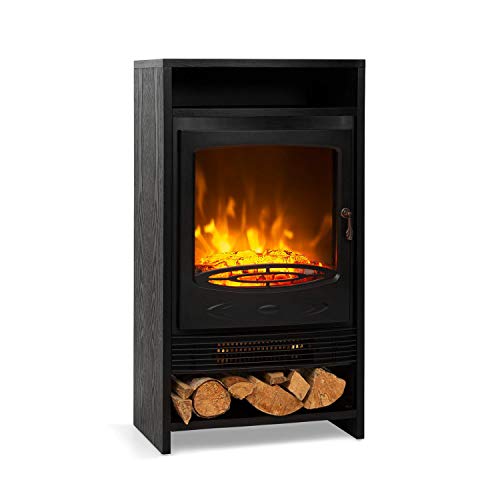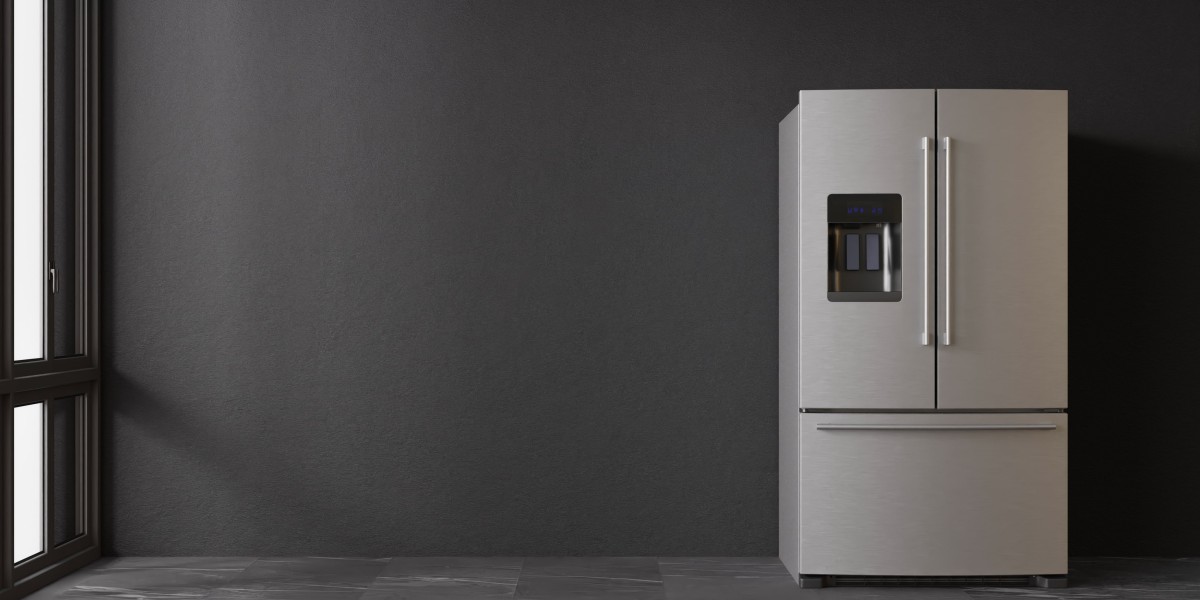Ethanol fireplaces can be a fantastic alternative to gas or wood fires as they don't require a chimney or flue. They don't produce smoke, ash, or mess and can easily be moved from one location to another.
It is crucial to use bio ethanol fuel only on burners that are specifically designed to burn it. The warranty on your burner could be invalidated in the event that you use other liquid fuels or gels.
Cost
The cost of a bioethanol fireplace varies depending on the model and type you pick. There are models that range from a few hundred dollars to a few thousand dollars but they are typically cheaper than a gas or wood fireplace. Certain models are freestanding, and others are attached to a fireplace or built into the wall. Ethanol fires are also more environmentally friendly than their wood-burning counterparts.
Bio ethanol fireplaces are popular because they produce a beautiful flame that is free of smoke and soot. They can be used in almost every room, and are easy to maintain. However it is important to only make use of bioethanol fuel specifically designed to be used in these fireplaces. Other types may damage the burner and increase the danger of fire. In addition, you should not keep flammable items near the bioethanol fire.
Ethanol fireplaces are fantastic to heat rooms, but they should not be relied on as your primary source of heat. They are more efficient than wood-burning stoves, and they can produce a good amount of heat - about 2kW on average. This isn't enough to heat a whole house, but it will certainly help in warming an area.
You should also take into account the cost of maintaining an ethanol fireplace. The fireplace should be stored in a secure location away from children and pets. Follow the manufacturer's directions when adding fuel, then extinguishing the flame and allowing the heater to cool.
A fireplace made of ethanol is an excellent alternative to traditional wood-burning stoves or an electric fire. This fire has the main benefit that it doesn't need the chimney. You can save money by not having to build and maintain a chimney. Moreover, it is safer to use than other kinds of fireplaces. But it is still a good idea to consult with a professional prior to making the final decision. This way, you can be sure that the fireplace will be put in place properly and safely.
Environmental impact
An ethanol fireplace can be an eco-friendly alternative to traditional wood-burning fireplaces. It makes use of bioethanol fuel which is created by the fermentation of sugar and starch components from the waste products of plants like straw, corn, and maize. The biofuel liquid is further distilled to allow it to burn efficiently and cleanly. This type of fuel can be considered an energy source that is renewable and doesn't emit harmful odours or emissions. Additionally, Fireplacesandstoves.uk it is free of smoke and soot which makes it an ideal choice for your home than other types of fires.
Ethanol fireplaces do not require chimneys and venting systems They can be put in almost any room of your home. They are easy to operate and most models come with some kind of remote control. Many models come with an integrated cooling system to stop the fuel from getting too hot. They can be used as a main heat source or as an additional heating source. These are also good for people who live in apartments or condos.
Bio ethanol fireplaces emit very minimal odours. They are therefore an ideal choice for homes where people suffer from asthma or allergies. This kind of fireplace is safe to use in a nursery or child's room. These fireplaces must be kept away from any flammable objects like curtains or furniture.
One of the greatest advantages of a fireplace made from ethanol is its ease of use. It is simpler to install than a wood-burning fireplace, and doesn't require complicated wiring or installation. The fuel in liquid form can be stored in a container that is portable to allow it to be easily moved from one place to another. This allows you to enjoy a fireplace's warmth without having to deal the mess of cutting stacking, cleaning and removing the wood.
A bio-ethanol fireplace also produces a minimal amount of pollution. This makes it an ideal choice for those who are concerned about the environment. They also aid in saving money and energy.
Safety
A bioethanol fireplace is a secure alternative to an open fire. They burn cleanly and emit less smoke than other alternatives and are easy to use. Like all fireplaces as well as other devices that create fire they could be dangerous if they are used incorrectly. These fireplaces require particular attention and care, so it's important to read the instructions carefully and adhere to them.
If you are using a bio-ethanol fireplace ensure that it is in a well-ventilated room and away from other combustible materials. Also ensure that pets and children are kept away from it. Don't attempt to move it while it's burning, as this can cause a fire.
Bio ethanol fireplaces may not be as hazardous as wood fireplaces or gas fireplaces. However there are some safety guidelines to follow to ensure they are safe. This includes keeping all flammable objects at least 1500mm from the flame and not touching it when the flame is burning. It is also essential to not use fuel that isn't approved.
The bio-ethanol fireplace's combustion process is safe, as you follow the directions. The fuel is pumped into a vapour accelerator, which is then vaporized and ignited by the filament. This method of combustion ensures that the fuel is fully combusted, which eliminates unpleasant odours and harmful substances such as dioxins and furans.
Ethanol fireplaces can be hazardous if not used properly, so it's important to follow the guidelines of the manufacturer when installing and operating them. Moreover, they should be kept away from combustible materials like curtains and newspapers. They should be kept at a safe distance from other appliances in the household and should not be used close to children or sleeping animals.
The primary benefit of a bio ethanol fireplace is that it doesn't produce any harmful fumes or odours making it an ideal choice for families with pets or children. They are also easier to use than traditional fireplaces because they don't require a chimney, and do no cause carbon monoxide poisoning. These fireplaces also come with a variety of advantages, including a flexible installation space and the ability to move them around easily.
Installation
A bioethanol fireplace can add warmth and ambiance to a room. They come in a variety of designs and can be arranged in various ways. They can be built-in, wall-mounted or freestanding. They can also be see-through. However, it is recommended to go through the installation manual of a particular fireplace prior to installing it. This will help you avoid any problems during installation and ensure that your fireplace is safe to use.
Installing a bioethanol fire is a fairly straightforward process. It is as simple as building frames in the wall to hold the fireplace and fitting the burner into it. The frame should be made of a non-flammable material. This will prevent the fire from burning your wall. It also helps prevent the flame from spreading to other areas of the room. The frame should be secured to the wall using suitable screws and dowels.
Unlike other kinds of fireplaces ethanol fires don't require a chimney or flue. This makes them more affordable for homeowners. They can be placed in any space and easily moved. They also don't emit any harmful gases.
When used correctly If it is used correctly, a bioethanol fireplace can be very secure. But as with any fire, it should be kept away from flammable surfaces and children. In addition, the fuel should be kept in a secure location and the fire extinguished before fueling it again.
Ethanol fireplaces are simple to maintain and do not produce ash or soot. They are an excellent choice for those who are concerned about the environmental impact of traditional wood-burning fireplaces. Ethanol-fueled fireplaces are an excellent alternative to electric or gas fireplaces.
Bioethanol fireplaces can be an excellent addition to any home. However, they shouldn't be used as the primary source of heating. They are designed to add warmth and create a cozy atmosphere however, they aren't strong enough to provide the warmth needed for an entire home. The best way to install a bioethanol fireplace is to get an expert to complete the task.









